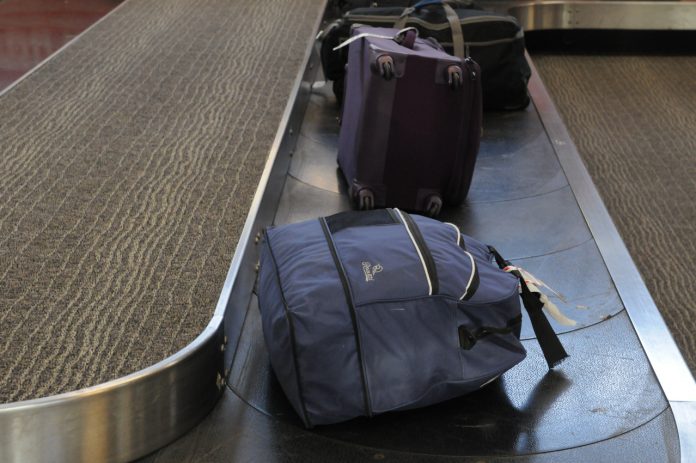Lithium batteries can have serious safety consequences if they’re not carried correctly when you’re flying. They are packed with energy which under the wrong circumstances, such as impact or crushing, can emerge as a fire or an explosion. In 2014, lithium batteries in a passenger’s checked bag in Melbourne short-circuited, igniting a fire in the aircraft’s cargo hold before passengers boarded the flight to Fiji.
Keeping lithium batteries out aircraft baggage holds relies on two things: honesty and an understanding among airline passengers, and thorough baggage inspection, usually by X-ray. However, reviewing hundreds of x-ray images is a difficult and boring task for human operators, and subject to human error.
Smiths Detection, a subsidiary of the multinational instrumentation company, this week announced software that it says can detect lithium batteries without human input. The software uses a deep-learning artificial intelligence algorithm that collaborates with customers to build a huge library of images from which the algorithms can ‘learn’ what to look for.
The lithium battery kit, which can be added to existing detectors, uses an external evaluation computer to host the detection software, which draws a frame around any detected batteries. This is displayed either on the main system monitor or on an additional screen.
Smiths Detection says it plans to expand augmented detection capabilities to categories such as weapons, flammable liquids, currency and drugs.
However, it’s still up to all of us to travel safely with lithium batteries whenever we fly. You can refresh your knowledge on CASA’s webpage and by watching this CASA safety video—travelling safely with lithium batteries.





